These 8 Common Salad Mistakes Leave You Starving an Hour Later
We've all been there – staring at a sad bowl of lettuce, wondering how this is supposed to keep us full until dinner. If you're tired of unsatisfying salads that leave you hungry an hour later, you're not alone. Learn how to transform your salads from boring to crave-worthy with these expert tips from wellness enthusiast Danielle. As the creator of The Fit Life, Danielle brings a refreshing perspective to healthy eating. A teacher and pet owner who juggles a busy schedule, she understands the real-world challenges of maintaining a healthy lifestyle. "I will throw just about anything in a bowl and eat it as a salad," she says, "but if I'm trying to get somebody that's maybe not quite such a salad fan to eat it, I do try to think about these things."
Understanding the Building Blocks of a Perfect Salad
"When you make a salad or create a salad recipe, you think of five things," Danielle explains. These essential elements are:
- The greens
- Protein
- Vegetables
- Color
- Dressing.
She stresses that considering these five components helps create salads that are both nutritious and satisfying.
The Power of Protein: Your Salad's Secret Weapon
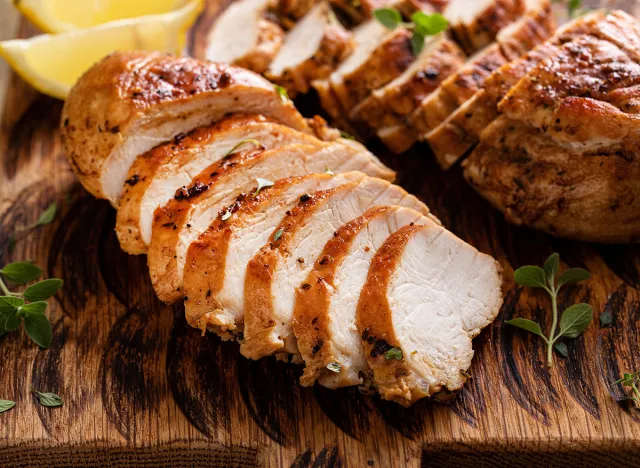
"Protein is huge in salad – it makes it more filling and makes it feel like more of a meal," Danielle explains. She recommends keeping pre-cooked chicken on hand for easy salad assembly. Other protein options include canned chicken, shrimp, and avocado. For a quick protein-rich combination, she suggests mixing canned chicken with mashed avocado: "Even though you have to count points for the avocado, I don't even care. It's so good."
Smart Carbs: Adding Fiber for Lasting Fullness
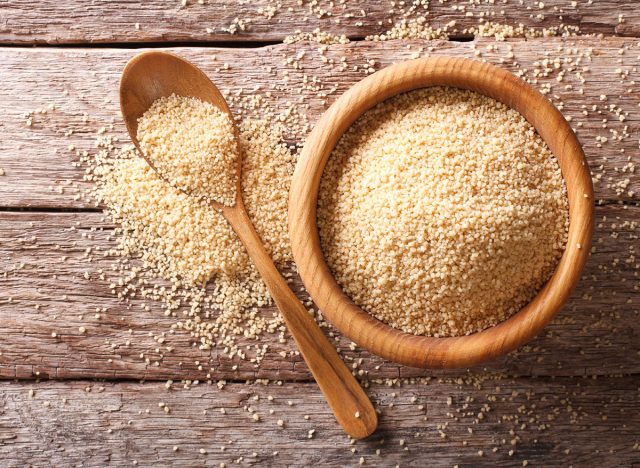
Don't shy away from adding healthy carbs to your salads. "Think about adding some high-fiber options like quinoa or whole wheat couscous," Danielle advises. She notes that quinoa is particularly beneficial as it's a complete protein containing all essential amino acids. For extra fiber, she suggests keeping the skins on fruits like apples and peaches when adding them to salads.
The Unexpected Joy of Fruit in Salads
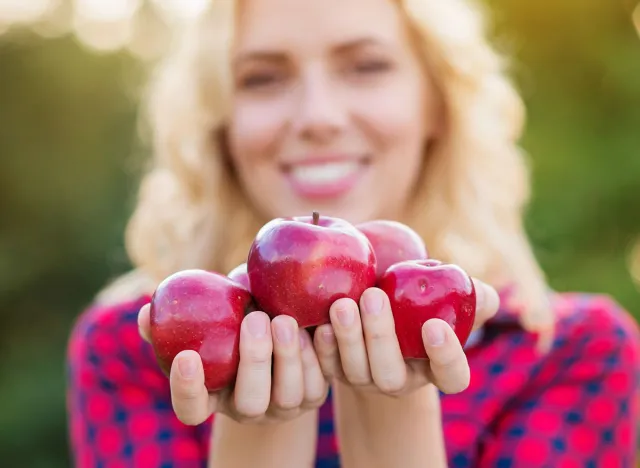
"Are y'all like dude who puts fruit in their salad? It's delish if you don't do it, just mess around with it," Danielle encourages. She recommends starting small: "Maybe have a cut up apple and have a bite of apple with a bite of your salad." She particularly enjoys apples and raisins in salads, though she notes to watch points with dried fruits.
Crunch Factor: Healthy Alternatives to Croutons
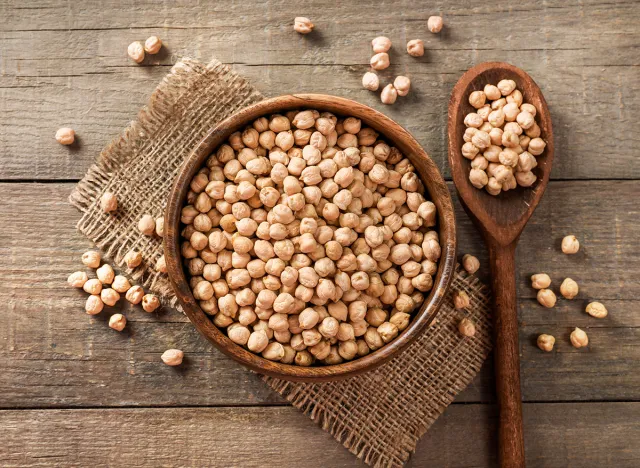
"You can add crunch without loading up on calories," Danielle shares. She recommends air-fried chickpeas as a zero-point alternative to croutons: "Just dry them, season them, and air fry at 350-400 degrees until crispy." Other crunchy additions include sunflower seeds, sesame seeds, or pumpkin seeds – just be sure to measure portions and track points accordingly.
The Great Greens Debate: Beyond Iceberg
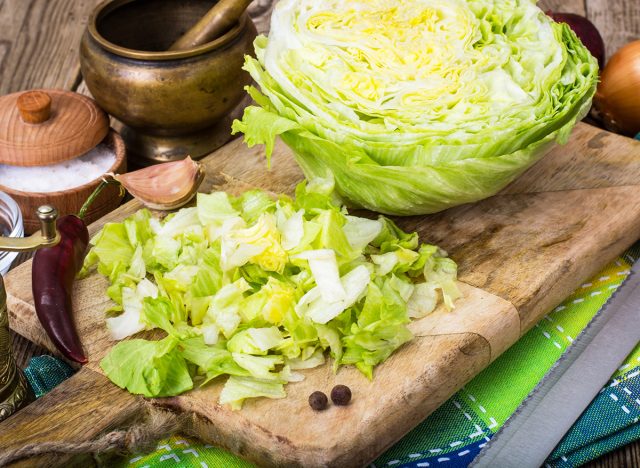
When it comes to greens, Danielle warns against relying on iceberg lettuce. "Iceberg lettuce has negative nutritional value," she explains, sharing a surprising fact: "I learned when I had a tortoise that you're not allowed to feed them iceberg lettuce because they'll starve to death no matter how much they eat – there's so little nutritional value." Instead, experiment with spring mix, butter lettuce, or other nutrient-rich greens.
Dressing Dilemmas: Finding the Right Balance
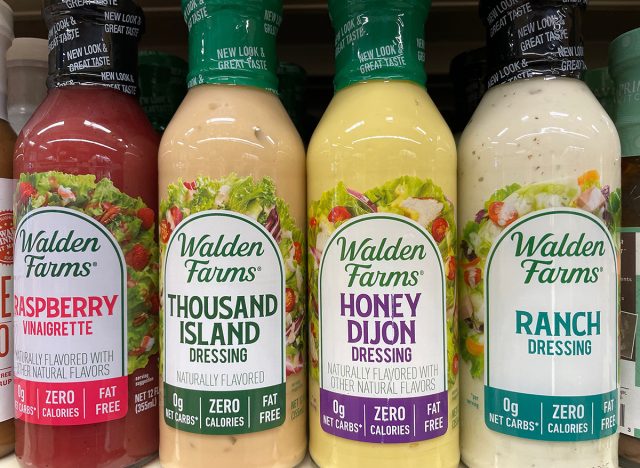
"You can kill a salad with dressing," Danielle cautions. She shares a personal insight: "However much you think you're putting on, if you're free pouring, you may well be using more than you think you are." Her top tips include:
- Always measure your dressing portions.
- Consider mixing full-fat dressing with lighter options to reduce calories.
- Try combining creamy dressings with oil-based ones for better flavor.
- Make your own dressing to control ingredients and points.
"If you are improving your eating and you're still eating a full-fat ranch dressing, it's okay. You're doing better," she encourages. "I'm just suggesting that's somewhere where you can make gains."
Common Pitfalls: What's Sabotaging Your Salad
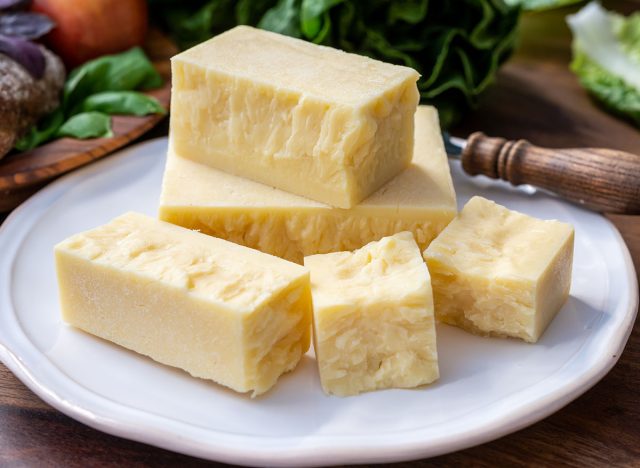
Danielle identifies several key pitfalls to watch out for:
- Overloading on cheese: "Don't choke out your salad with cheese," she advises, recommending using a food scale for accurate portions.
- Using store-bought croutons: "Croutons are just floating blobs of fat and salt."
- Artificial bacon bits: "If you want bacon, get real bacon. It's protein and one point per stick."
- Relying too heavily on grab-and-go salads: "Try not to depend on those grab-and-go salads all the time because there's a lot of added fat and carbs."
The Visual Appeal: Eating with Your Eyes
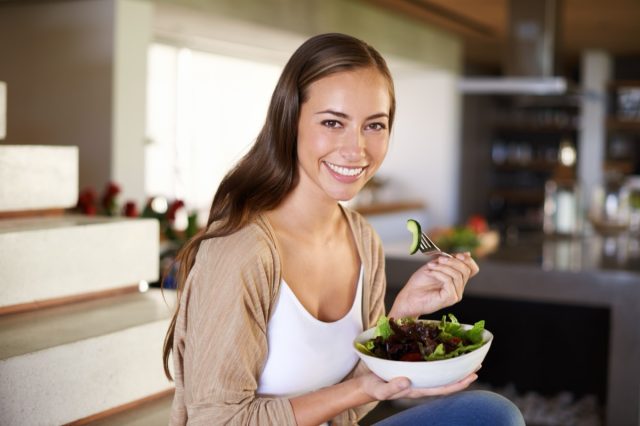
"Make your salads pretty, don't make monochromatic salads," Danielle suggests. "Add some color, add dimension to it. Think about the different textures of what you're putting in it and build it up so that it's pretty, it's not just flat and all one color and you're like, 'here's healthy, go on and eat it.'"
The Science Behind Salad Greens' Health Benefits
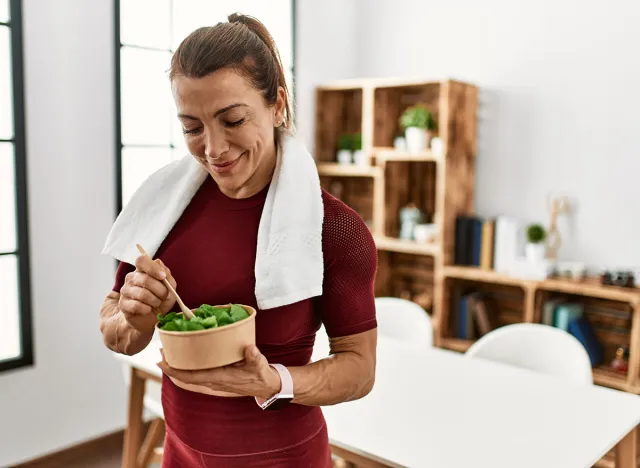
According to Colorado State University research, salad greens are powerhouses of nutrition, providing essential vitamins A, C, beta-carotene, calcium, folate, and fiber. These leafy vegetables are particularly valuable because they're naturally low in calories and sodium while containing zero cholesterol. The key to their health benefits lies in their leaves, which contain the light-catching, energy-converting machinery of plants.
RELATED: New Jersey Woman Drops 31 Pounds by Walking and Making a Key Food Change
Why Red and Dark Greens Pack More Nutritional Punch
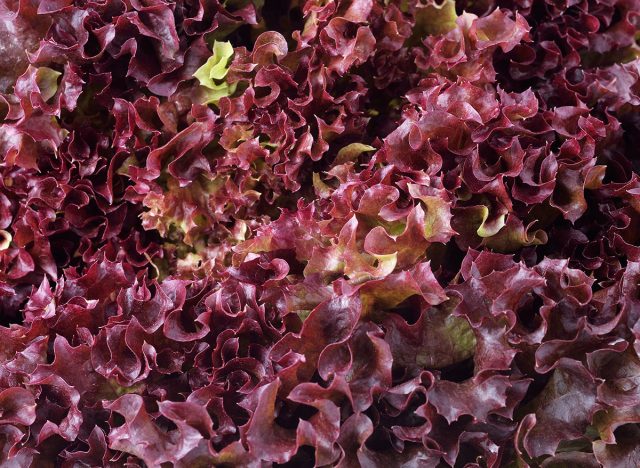
Scientific studies have shown that red and dark green leafy vegetables contain higher levels of antioxidants, Vitamin B6, and other nutrients compared to lighter colored greens. For example, red leaf lettuce contains significantly more antioxidants than iceberg lettuce, supporting Danielle's advice to move beyond basic iceberg lettuce in your salads.
The Truth About Different Lettuce Types

Here's how different lettuce varieties compare in nutritional value per 100g:
- Romaine: Highest in Vitamin A (8,710 IU)
- Red Leaf: Rich in Vitamin K (140 mg)
- Green Leaf: High in Vitamin C (9.2 mg)
- Butterhead: Good source of iron (1.24 mg)
- Iceberg: Lower in most nutrients but provides hydration and crunch.
Smart Storage Tips for Longer-Lasting Greens
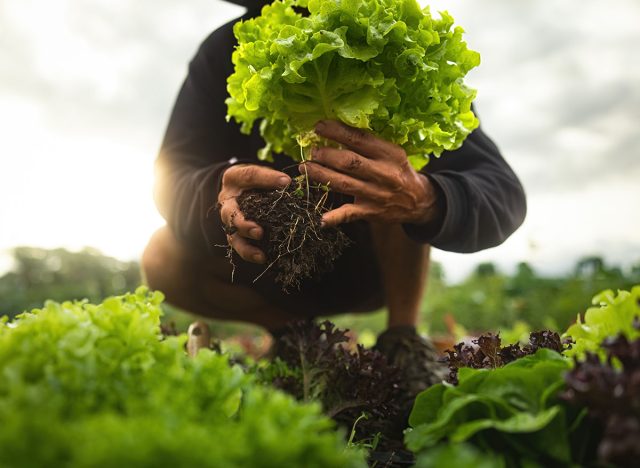
To maintain freshness and safety, Colorado State University recommends:
- Store greens at 35-40 degrees Fahrenheit.
- Use within one week of purchase.
- Keep bagged salads refrigerated and observe "Use By" dates.
- Use within two days after opening packaged greens.
- Store in plastic bags separate from raw meats and poultry.
The Right Way to Wash Your Greens
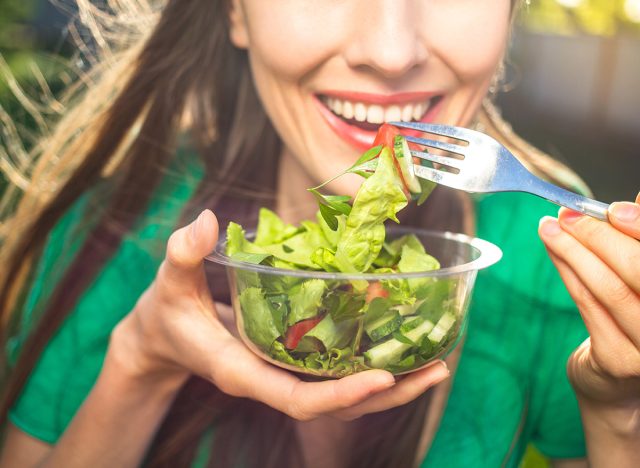
For optimal safety, follow these research-backed washing techniques:
- Wash hands and ensure clean cutting surfaces.
- Rinse under cold running water just before using.
- For thorough cleaning, immerse leaves in a bowl of cold water.
- Optional: Presoak for 5 minutes in a diluted vinegar solution (1/2 cup vinegar per 2 cups water).
- Dry thoroughly using paper towels or a salad spinner.
Beyond Basic Lettuce: Exploring Nutritious Alternatives
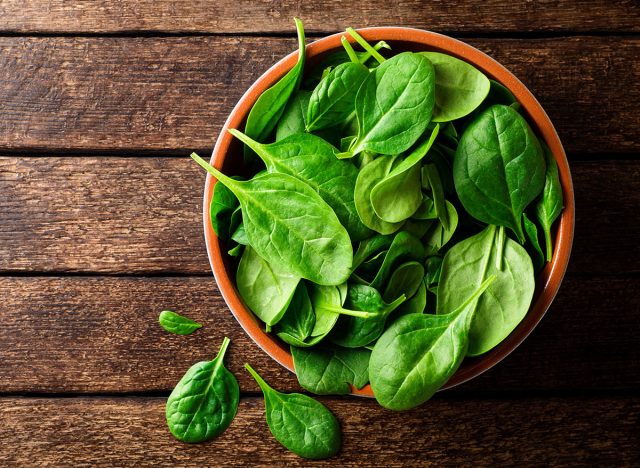
Consider incorporating these nutrient-rich alternatives into your salads:
- Arugula: Offers a peppery flavor and belongs to the nutrient-rich mustard family.
- Baby bok choy: Provides a crunchy texture and mild, refreshing taste.
- Watercress: Adds a spicy kick while boosting nutrient content.
- Radicchio: Contributes a bittersweet taste and vibrant color.
- Spinach: Delivers exceptional nutritional value, especially in young leaves.
RELATED: A Top Trainer Reveals 4 Fat Loss Mistakes You Need to Stop Making Right Now
It's About Progress
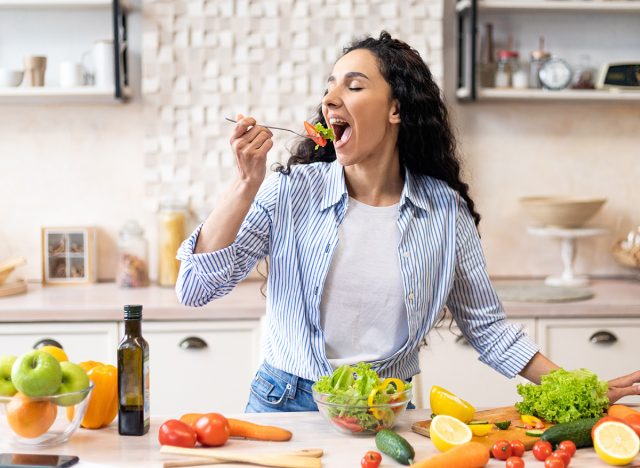
As both Danielle and nutrition science stress, the key to a healthy salad lies in variety, proper preparation, and mindful portions. By combining these evidence-based recommendations with Danielle's practical tips, you can create salads that are both nutritious and satisfying. As Danielle says, "It's not about perfection, it's about progress." She underlines this with a real-world example: "If you put some greens, some salads, some veggies, some fruit with what you're going to eat and you take out something unhealthy, that's progress, that is harm reduction." And if you enjoyed this article, take advantage of these 20 Superfoods for People Over 50.





